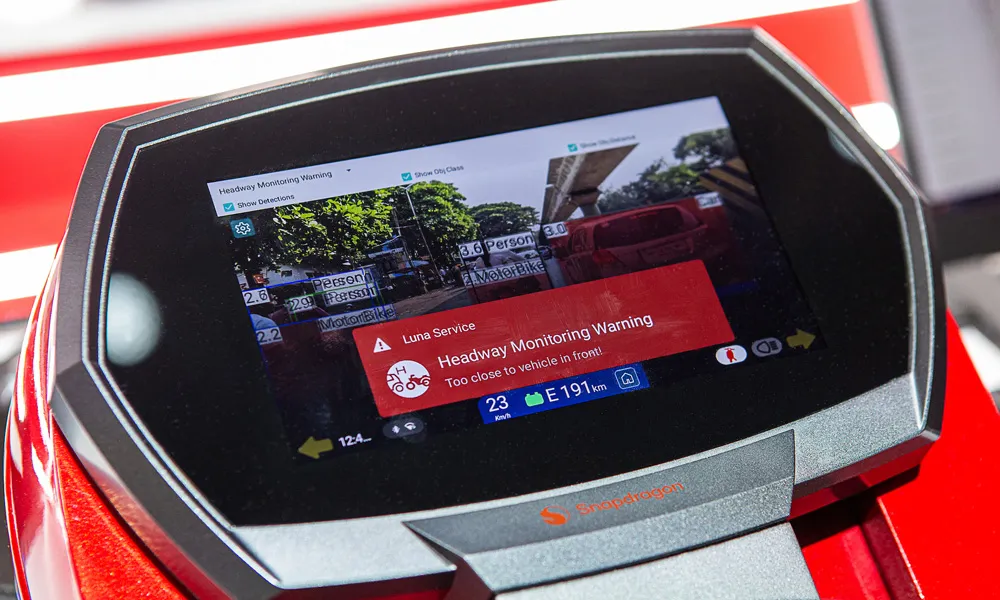DynaWall is, literally, a dynamic wall, or barrier in this case. DynaWall’s main application is for use during road construction where it can assist in traffic management by shifting traffic lane barriers. The system can move up to 1,000m of safety barriers within minutes without the need of heavy duty equipment.
April 6, 2016
Read time: 1 min

DynaWall is, literally, a dynamic wall, or barrier in this case.
DynaWall’s main application is for use during road construction where it can assist in traffic management by shifting traffic lane barriers. The system can move up to 1,000m of safety barriers within minutes without the need of heavy duty equipment.
DynaWall’s main application is for use during road construction where it can assist in traffic management by shifting traffic lane barriers. The system can move up to 1,000m of safety barriers within minutes without the need of heavy duty equipment.
The system’s manufacturer, Swiss company
The method to move the wall – any kind of temporary safety guard barrier – is an electro-hydraulic powered retractable and folding chassis. Essentially, this is a series of small self-crawling wheeled units installed every 10-20m underneath the barrier. Each unit is powered by a 24V rechargeable battery pack.
A hand-held control unit simply plugs into the side of the barrier in order to send messages to the unit to raise the barrier off the ground and then travel in a particular direction.










